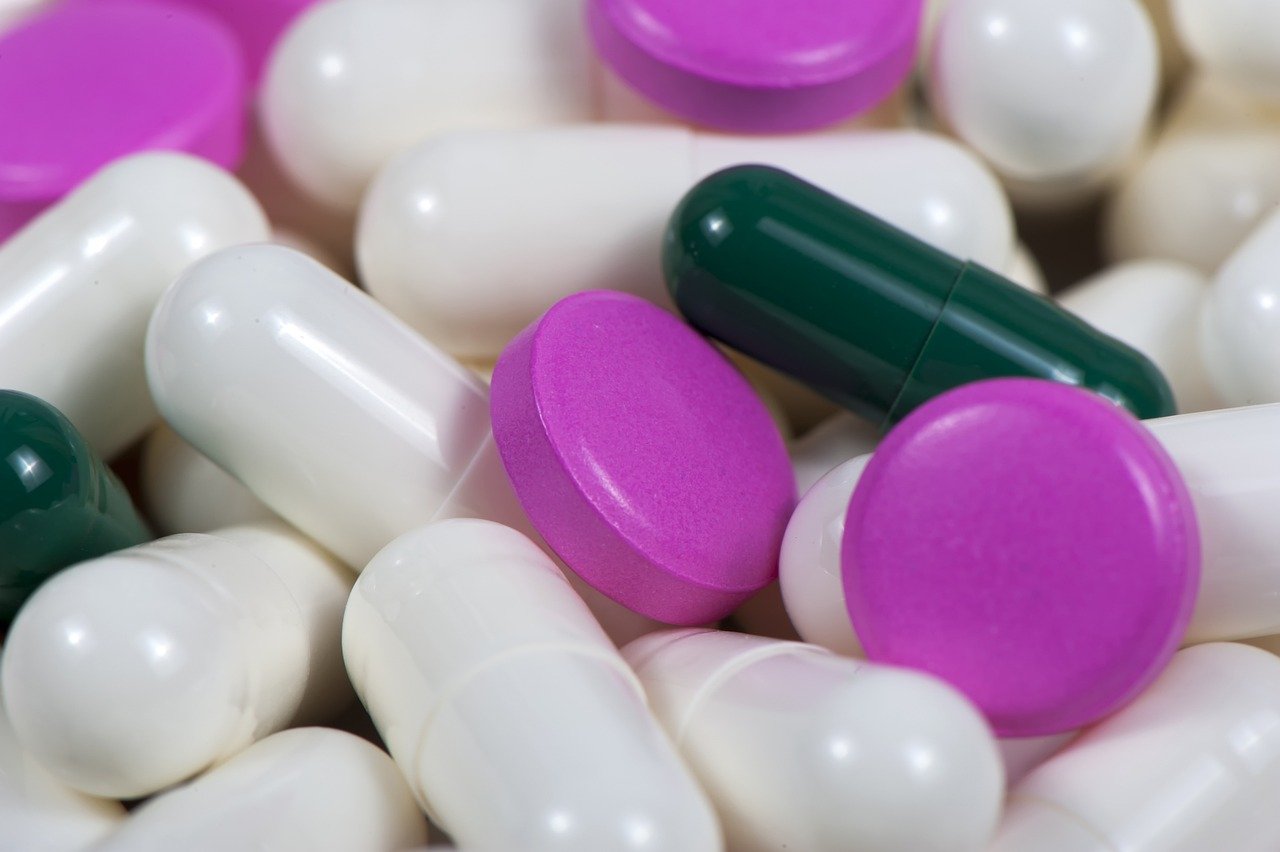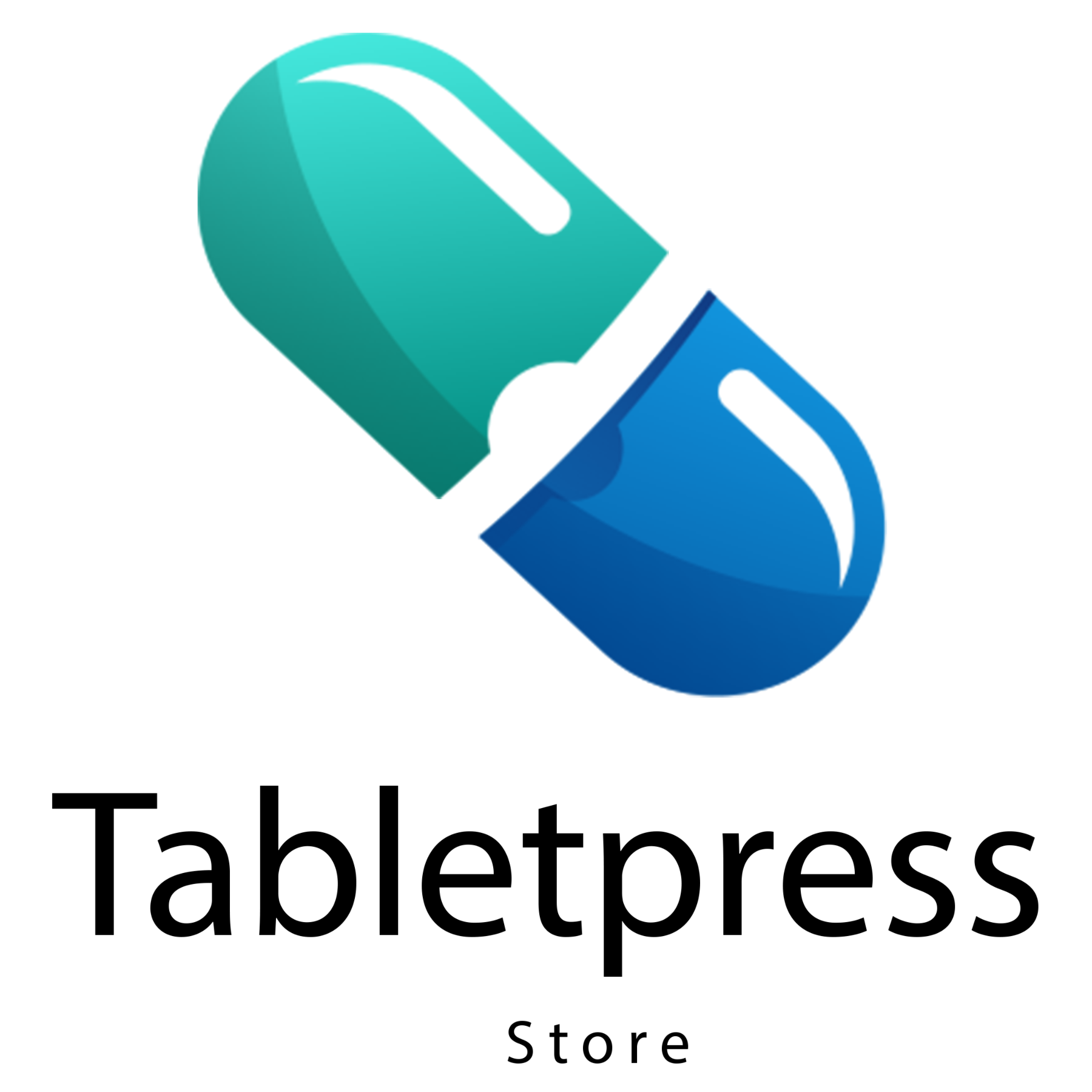Challenges and Solutions in Tablet Manufacturing: Ensuring Quality and Efficiency
Tablet manufacturing is one of the most critical processes in the pharmaceutical industry. Tablets are the most widely used dosage...
WYSYŁKA NA CAŁY ŚWIAT - Zamów teraz

Tablet coating is a critical process in pharmaceutical manufacturing, enhancing the properties and functionality of tablets. This comprehensive guide explores the various tablet coating techniques, their applications, and the benefits they offer in ensuring effective and safe drug delivery.
Tablet coating involves applying a thin layer of coating material onto the surface of tablets. This process improves the tablet's appearance, taste, and stability, while also controlling the release of the active pharmaceutical ingredient (API). Coated tablets are preferred for their ease of swallowing, enhanced protection against environmental factors, and ability to mask unpleasant tastes.
Tablet coating is a sophisticated process that enhances the functionality, stability, and patient acceptability of pharmaceutical tablets. By understanding the various coating techniques and their applications, manufacturers can produce high-quality tablets that meet stringent regulatory standards and improve patient outcomes. Continuous advancements in coating technology and materials promise to further optimize the efficiency and effectiveness of tablet coatings, ensuring the pharmaceutical industry continues to deliver safe and effective medications.
Tablet manufacturing is one of the most critical processes in the pharmaceutical industry. Tablets are the most widely used dosage...
Tablet compression technology has evolved significantly over the years, driven by the need for more efficient, precise, and versatile solutions...
Tablet press machines, often referred to as tablet compression machines, are essential tools in the pharmaceutical industry. These machines are...
Tablet compression machines, also known as tablet presses, are the backbone of tablet manufacturing in the pharmaceutical industry. These machines...
